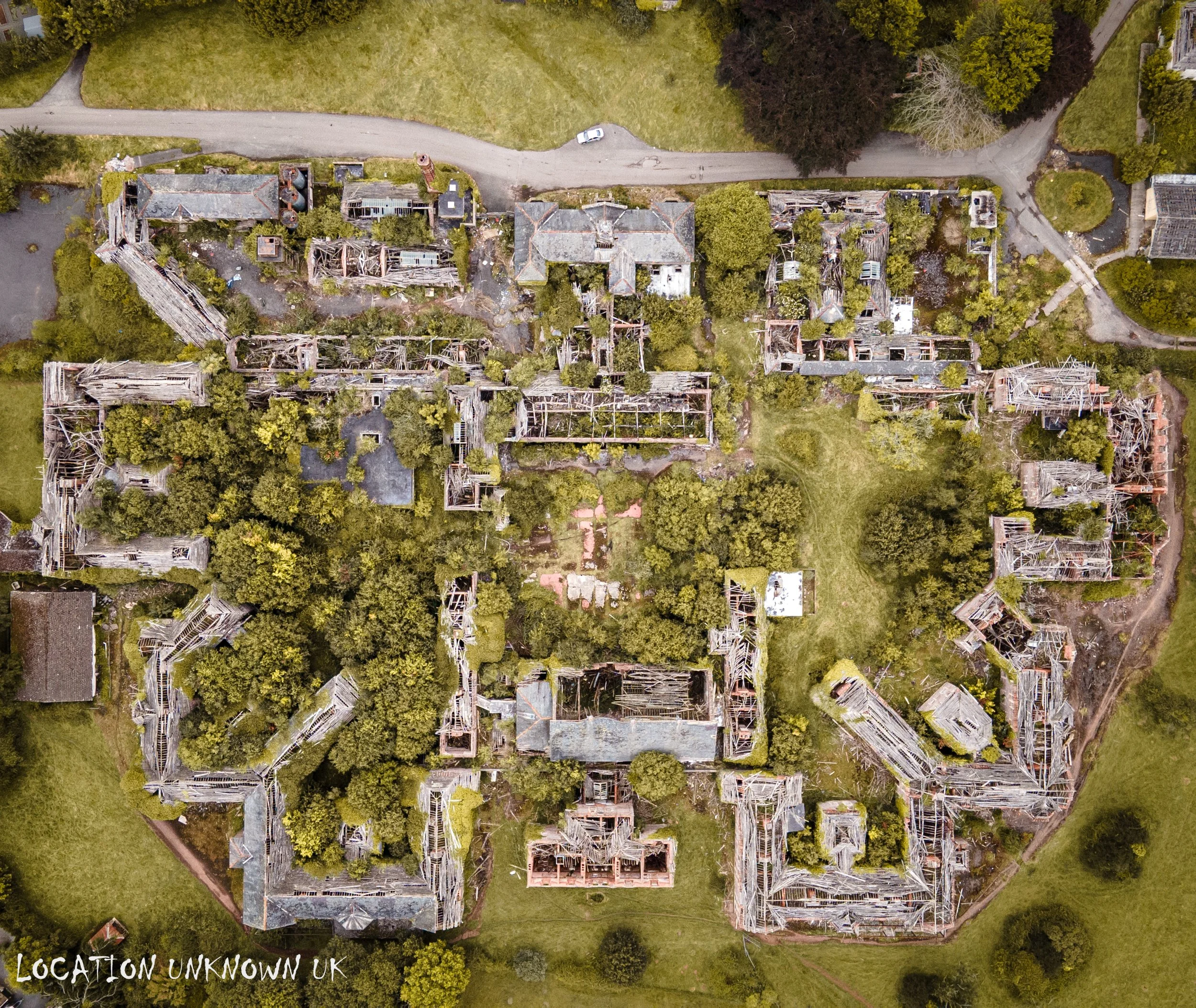Talgarth Aslyum - Wales
History
“Talgarth Asylum, originally known as the Brecon and Radnor Joint Asylum, was a psychiatric institution established in 1903 in Talgarth, Powys, Wales, to address the growing need for mental health facilities in the region. Its construction in a rural location reflected the broader belief of the time that fresh air and tranquil surroundings were beneficial for mental health. The asylum was designed to accommodate a large number of patients, with separate wings for men and women, and its architecture mirrored the institutional ideals of the era. Early treatments at Talgarth, like those at many asylums of the time, were based on outdated methods such as moral treatment, physical restraint, and electroconvulsive therapy (ECT). Patients were often confined for long periods, sometimes for their entire lives, with little hope of reintegration into society. Overcrowding became a significant issue by the mid-20th century, as the number of patients exceeded the facility's capacity. This led to deteriorating living conditions and further neglect. Reports of mistreatment emerged, including overmedication, harsh physical restraint, and isolation—methods frequently used to control unruly or difficult patients. Allegations of abuse and neglect, coupled with a lack of meaningful therapeutic interventions, added to the growing criticisms of the institution. In the 1970s and 1980s, the rise of deinstitutionalization and a shift toward community-based mental health care led to a decline in the role of large, overcrowded asylums like Talgarth. The facility began reducing admissions and transitioning patients into smaller, localized care settings. Despite this shift, the asylum continued to face scrutiny for its outdated practices. By the 1990s, as institutionalized care came under increasing pressure, Talgarth finally closed its doors in 1999. Since its closure, the site has fallen into a state of disrepair. In 2011, Collins Developments (Pontrilas) Limited acquired the property and proposed plans for redevelopment, including the construction of homes and offices. However, local action groups expressed concerns about the scale of these plans, particularly the potential construction of approximately 100 houses. In 2014, the Brecon Beacons National Park Authority unanimously rejected plans to demolish the Edwardian-era hospital buildings, emphasizing their historical and architectural significance. SAVE Britain's Heritage, alongside local campaigners, advocated for the preservation of the site and proposed its conversion into a village community. Despite these efforts, as of 2024, the site remains derelict”.






















